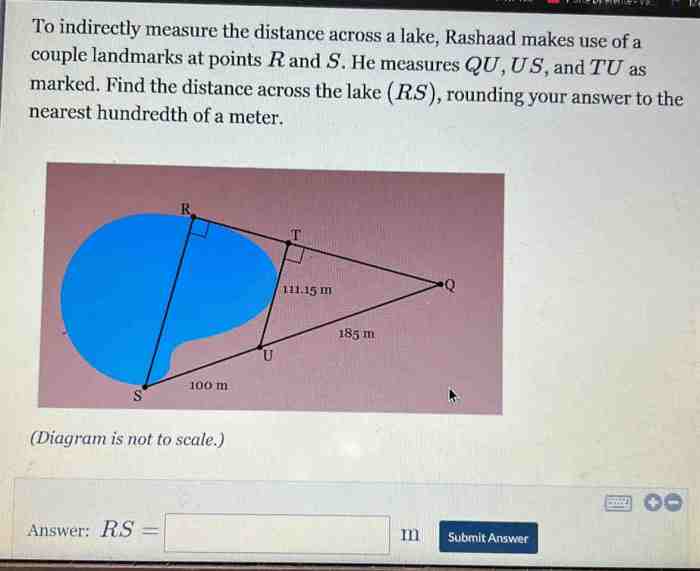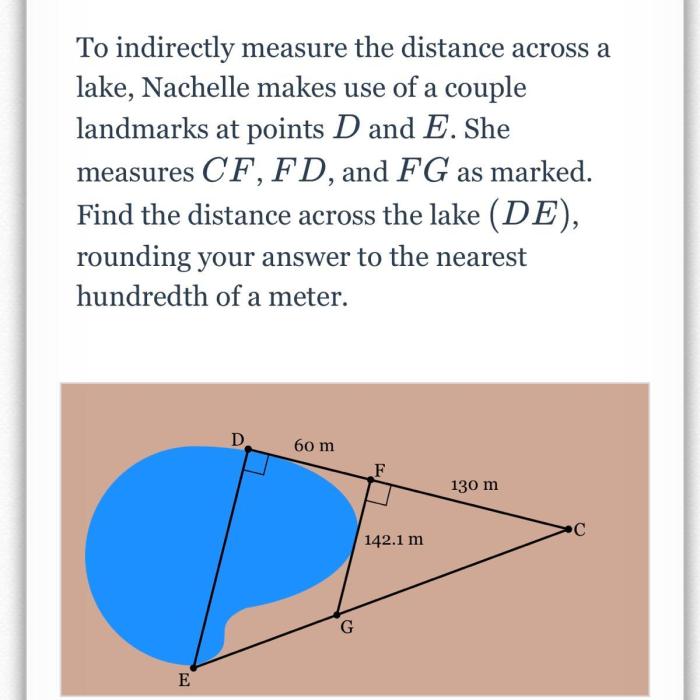One hundredth of a meter may seem like an insignificant distance, but it plays a crucial role in various fields, from science and engineering to everyday life. Join us as we delve into the world of this precise measurement, exploring its definition, conversions, applications, and cultural impact.
Precise measurements are essential for scientific advancements and technological innovations. In this article, we will explore the significance of one hundredth of a meter as a unit of measurement and its impact on various fields.
Definition and Measurement: One Hundredth Of A Meter

One hundredth of a meter is a very small distance. It is about the width of a human hair or the thickness of a dime. The precise mathematical definition of one hundredth of a meter is 0.01 meters, and its symbol is cm.
Examples
Here are some examples of objects or distances that are approximately one hundredth of a meter:
- The thickness of a sheet of paper
- The width of a fingernail
- The length of a small ant
Conversions and Equivalencies

To facilitate seamless comprehension and application of “one hundredth of a meter” in diverse contexts, it is crucial to understand its conversions and equivalencies with other commonly used length units.
Conversion Factors
The conversion factors between “one hundredth of a meter” and other units are as follows:
| Unit | Conversion Factor |
|---|---|
| Millimeters (mm) | 100 |
| Centimeters (cm) | 10 |
| Inches (in) | 3.937 |
Applications of Conversions
These conversions hold significant importance in various fields, enabling accurate measurements and comparisons across different units. For instance, in engineering, converting “one hundredth of a meter” to millimeters is essential for precise measurements in mechanical designs and manufacturing processes. Similarly, in construction, converting to centimeters facilitates calculations for building dimensions and architectural plans.
In scientific research, converting to inches allows for compatibility with equipment and data from international collaborations.
Scientific and Practical Applications

The unit “one hundredth of a meter,” often abbreviated as “centimeter” (cm), finds extensive use in scientific and practical applications, ranging from precise measurements in engineering and manufacturing to medical imaging and diagnosis. Its high precision and versatility make it a crucial unit in various fields.
In scientific instruments, the centimeter serves as a fundamental unit of measurement. Vernier calipers, micrometers, and other precision measuring devices utilize centimeters to provide accurate readings down to the hundredth of a millimeter. These instruments are essential in fields such as physics, chemistry, and biology, where precise measurements are paramount.
Engineering and Manufacturing
In engineering and manufacturing, centimeters play a vital role in ensuring accuracy and precision. From designing complex machinery to fabricating intricate components, precise measurements in centimeters are crucial to ensure proper fit, functionality, and safety. For instance, in automotive manufacturing, engine parts and transmission components are manufactured with tolerances of a few centimeters, ensuring optimal performance and reliability.
Medicine
In the medical field, centimeters are extensively used for precise measurements in diagnosis and treatment. From measuring the growth of infants and children to determining tumor sizes in medical imaging, centimeters provide accurate and consistent data. Additionally, in surgical procedures, instruments calibrated in centimeters enable surgeons to perform delicate operations with high precision, minimizing risks and improving patient outcomes.
Historical Context and Evolution

The concept of “one hundredth of a meter” emerged during the development of the metric system in the late 18th century. The metric system was conceived as a rational and coherent system of measurement based on the decimal system. In 1795, the French National Convention adopted the meter as the standard unit of length, defined as one ten-millionth of the distance from the North Pole to the Equator.
The centimeter, or one hundredth of a meter, was subsequently defined as a convenient subdivision of the meter.
Adoption and Standardization
The metric system, including the centimeter, gained widespread acceptance throughout the 19th century. In 1875, the Treaty of the Meter established the International Bureau of Weights and Measures (BIPM) to ensure the uniformity and accuracy of the metric system. The BIPM maintains the international prototype meter, a physical artifact that serves as the definitive standard for the meter and its subdivisions, including the centimeter.
Impact on Science and Technology
The standardization of the centimeter played a crucial role in the advancement of science and technology. It provided a precise and consistent unit of measurement for various fields, including physics, chemistry, engineering, and manufacturing. The centimeter facilitated accurate measurements, comparisons, and calculations, enabling scientists and engineers to make significant discoveries and develop innovative technologies.
One hundredth of a meter is a small unit of measurement, but it’s still useful for measuring many things, like the width of a pencil or the thickness of a sheet of paper. Speaking of small things, have you heard about pilar hola irene cómo 1 ? It’s a fascinating topic that’s worth checking out.
But getting back to one hundredth of a meter, it’s also a convenient unit for measuring distances in science and engineering.
Historical Controversies
Despite its widespread adoption, the definition of the meter and its subdivisions has undergone some historical controversies. In the early 20th century, there were debates about whether to redefine the meter based on the wavelength of light or other fundamental physical constants.
However, the international prototype meter remained the official standard until 1983, when it was replaced by a definition based on the speed of light in a vacuum.
Cultural and Societal Impact

One hundredth of a meter, a seemingly insignificant unit of measurement, holds profound cultural significance across societies. Its precision has influenced various aspects of human expression, from language to art and design.
Language and Measurement
In many languages, specific terms exist for this precise unit. For instance, in Japanese, the term “senchimētoru” (センチメートル) is commonly used, while in French, it is known as “centimètre.” These linguistic nuances reflect the importance of this unit in everyday communication and measurement.
Art and Design
The accuracy of one hundredth of a meter has played a crucial role in the world of art and design. In architecture, precise measurements ensure the structural integrity and aesthetic appeal of buildings. In painting, artists use this unit to create detailed and realistic works.
In fashion design, measurements down to the hundredth of a meter are essential for creating well-fitting garments.
Cultural Practices and Traditions, One hundredth of a meter
Certain cultural practices and traditions rely heavily on precise measurements using this unit. In traditional Japanese tea ceremonies, for example, the precise measurement of tea powder and water is considered essential for the ritual’s proper execution. In the field of horology, watchmakers use this unit to ensure the accuracy and precision of timepieces.
Query Resolution
What is one hundredth of a meter?
One hundredth of a meter is a unit of length equal to 0.01 meters or 10 millimeters.
How do I convert one hundredth of a meter to other units?
To convert one hundredth of a meter to other units, you can use the following conversion factors: 10 millimeters = 1 centimeter = 0.3937 inches.
Where is one hundredth of a meter commonly used?
One hundredth of a meter is commonly used in scientific instruments, engineering, manufacturing, and medicine, where precise measurements are crucial.
